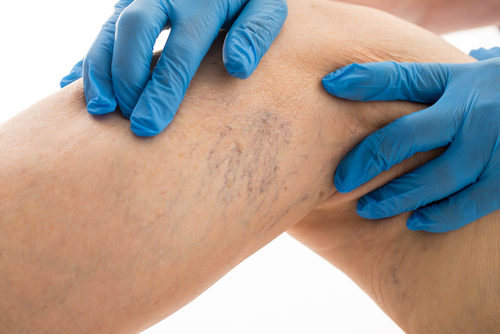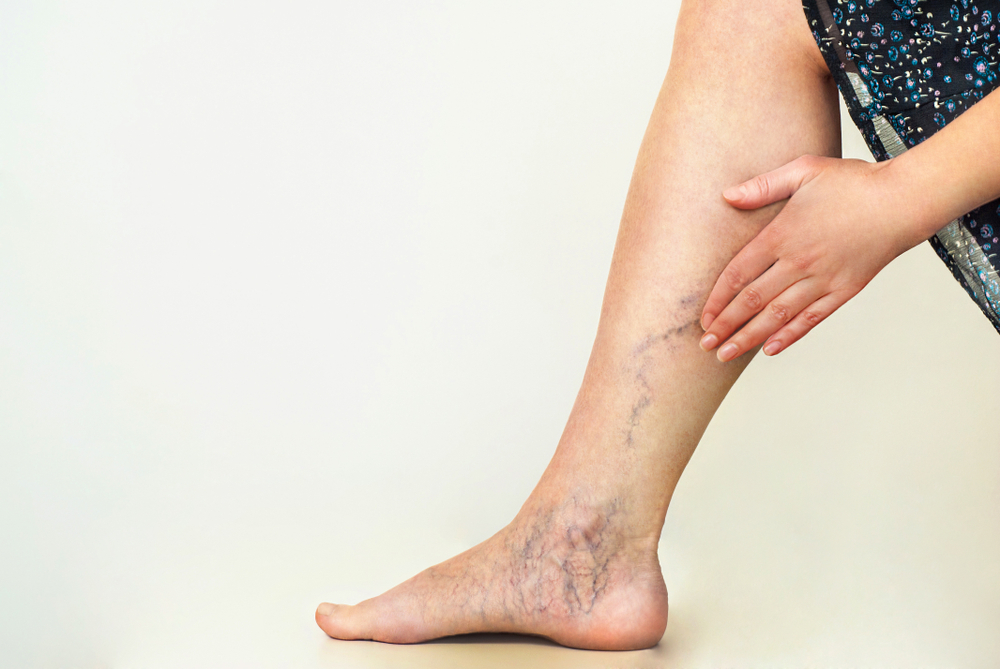What is Vein Disease? 7 Facts You Have to Know about Vein Disease
The human body is an unbelievably complex structure. Each part of this structure has a designated function. However, if the said function is not carried out properly, it will surely cause complications. The veins are one such example.
Veins are basically those blood vessels that transport deoxygenated blood back to the heart with the exception of the pulmonary and umbilical veins. These carry oxygenated blood to the heart. Veins have a one-way valve. The function of this valve is to ensure that the blood does not flow back. They also help prevent any leakages that may cause issues with the circulatory system.
However, if the walls of the veins or the valve itself are damaged, it can cause a number of vein diseases. To makes things easier, here are the different types of vein diseases and facts that you should know about them.
Types of Vein Diseases
- Varicose/Spider Veins
Varicose veins and spider veins are perhaps the most commonly occurring vein diseases. This condition affects more women than men. There are many different contributing factors, but weight is the topmost on the list.
Weight put on legs or by extreme straining of the body can cause the valves of the veins to malfunction as they cannot withstand the pressure. This causes blood to leak and results in swollen veins. The swollen veins bulge out and become apparent on the skin.
- Deep Vein Thrombosis
Deep Vein Thrombosis, otherwise known as DVT occurs in the deep veins, as the name suggests. Deep veins are situated in the fascial layers of the body. They are a network of the major veins and can be located most commonly in the leg, abdomen, pelvis or arms.
DVT is a result of blood clotting in one of the deep veins. Although the blood clot initially poses no threat, it can be life threating if it detaches. The blood clot could then travel through the bloodstream and embed itself into one of the pulmonary arteries. This could prove to be a major health risk.
- Chronic Venous Insufficiency
This condition affects the legs. It causes ulceration, skin discoloration, swelling, and varicose veins. It may also result in heaviness, aching and tenderness in the legs. This happens because the veins are not able to properly pump the blood back to the heart.
- Superficial Vein Thrombosis
Superficial veins are those veins that are situated closer to the surface of the body. For that reason, they can be seen under the skin. They are different from deep veins that are found deeper in the body and are paired with an artery.
Superficial vein thrombosis otherwise known as SVT is the clotting of blood in a superficial vein. While this condition is not as harmful as DVT, it can still cause discomfort.
7 Facts You Have To Know About Vein Disease
- Quite Common
Vein disease is a quite common occurrence. Around 150,000 patients are diagnosed with chronic venous insufficiency in America alone. Moreover, it affects 80 million people 40% of whom are women and 40% men.
- It Could or Could Not Be Life Threating
The threat posed by vein diseases can vary. Where some diseases like varicose or spider veins can cause discomfort at most, conditions like DVT can prove a real risk. This is due to the nature of the disease. As mentioned before, the blood clot caused by DVT can give rise to severe health problems.
- Hereditary
There is a great possibility that your vein diseases are hereditary. They can be passed on to an individual via genes. For instance, if a close relative has varicose or spider veins, then it is highly likely that you may have the same condition.
- Little or No Symptoms
Vein diseases are often difficult to identify as they show little or no symptoms at all. Therefore, a proper check-up is needed to prevent the particular disease from progressing.
- When to Get Help?
If you have a vein that is hurting or is swollen and the condition of the vein does not seem to improve in a couple of days, it is best that you visit the doctor. The swelling does not specifically have to be associated with a vein. If there is unexplained swelling anywhere in your body, then you should visit the doctor.
- Deep Vein Thrombosis and Cancer
DVT is often associated with various types of cancer. It is observed that DVT occurs more often in patients who also suffer from leukemia and lymphoma.
- Prevention
Prevention is always better than cure. You can quite easily prevent vein diseases. Some ways to accomplish that is to control weight. Wearing low heeled shoes will also help lower the risk of developing vein disease. Furthermore, one should always indulge in some exercise and avoid sitting or standing for prolonged periods of time.
What Can Cause Vein Disease?
The cause of vein disease can vary. It can be caused due to injury or trauma to the blood vessel. It can also be caused by infectious organisms. Alternatively one can develop vein disease, specifically varicose or spider veins if one is pregnant.
Furthermore, it can also occur in patients that are paralyzed or bedridden. The reason for this because they spend a great amount of time in the same position which can result in the stagnation of blood flow.
How Can Vein Disease Be Treated?
As discussed before, there are many different types of vein diseases; therefore, each type is treated differently. Varicose veins can be effectively treated by elevating the feet two to four inches before going to sleep. This is possible with the help of a pillow or cushion. Moreover, varicose veins can also be treated with surgical procedures.
For patients with SVT, the best cure for them is to get out and about. Exercising on a daily basis and getting regular check-ups will prevent the clot from progressing into something dangerous. As for patients with DVT, the recommended treatment for them is to get hospitalized. They are usually advised to get bed rest and elevate the affected leg. They are also prescribed anti-clotting medicine that helps remove the blood clot.





